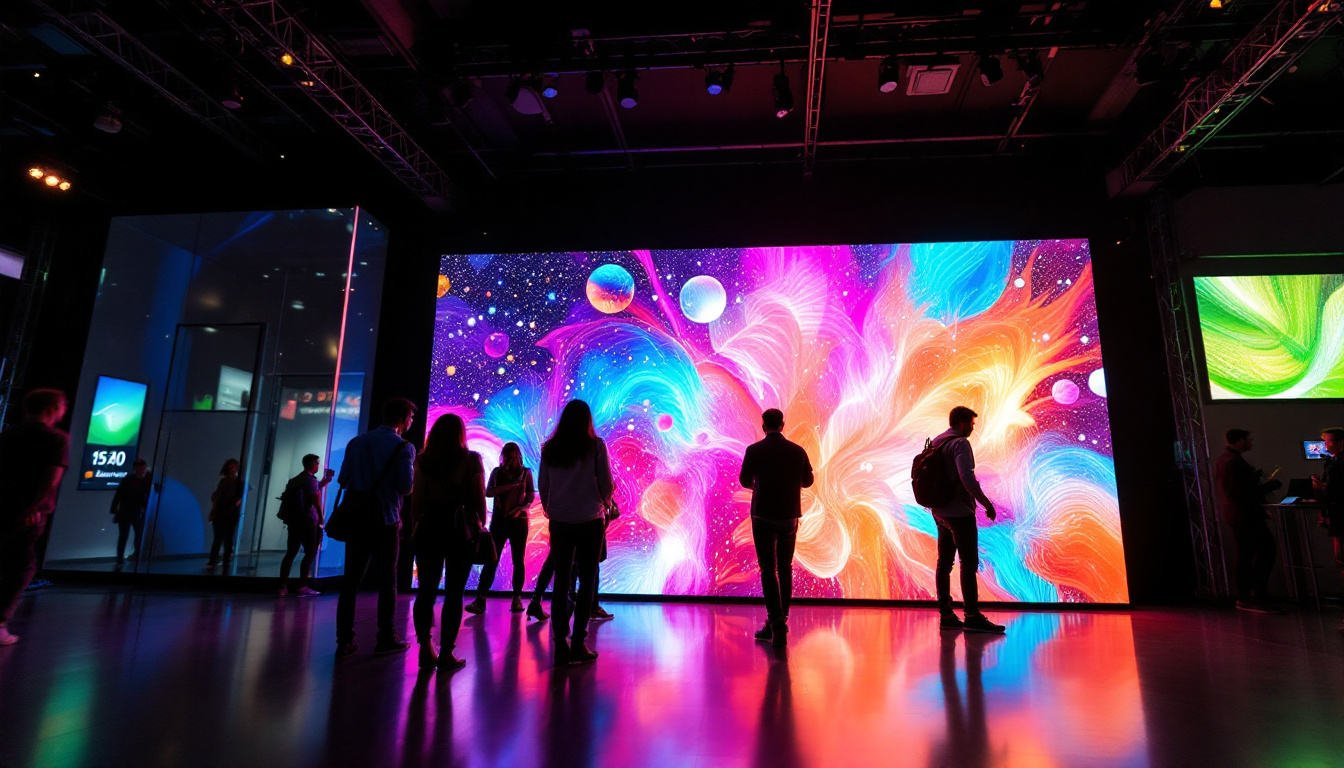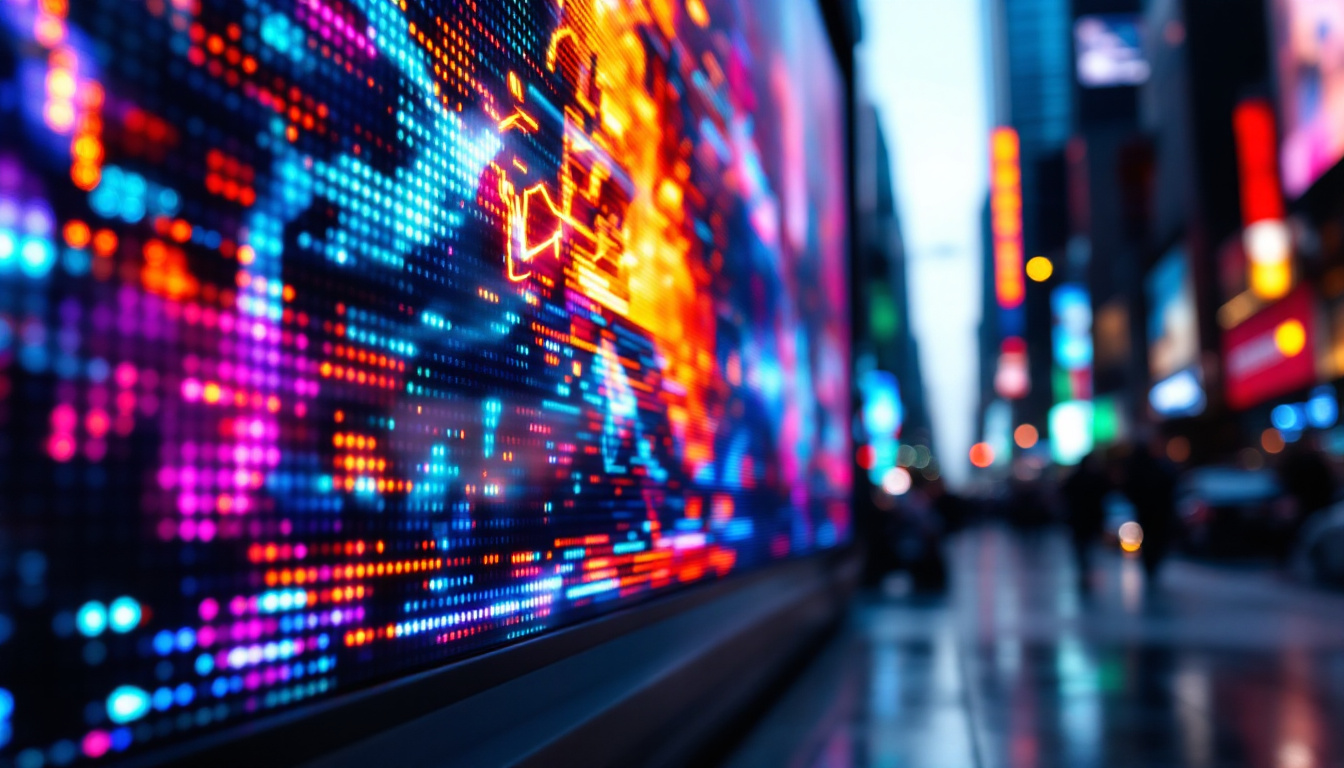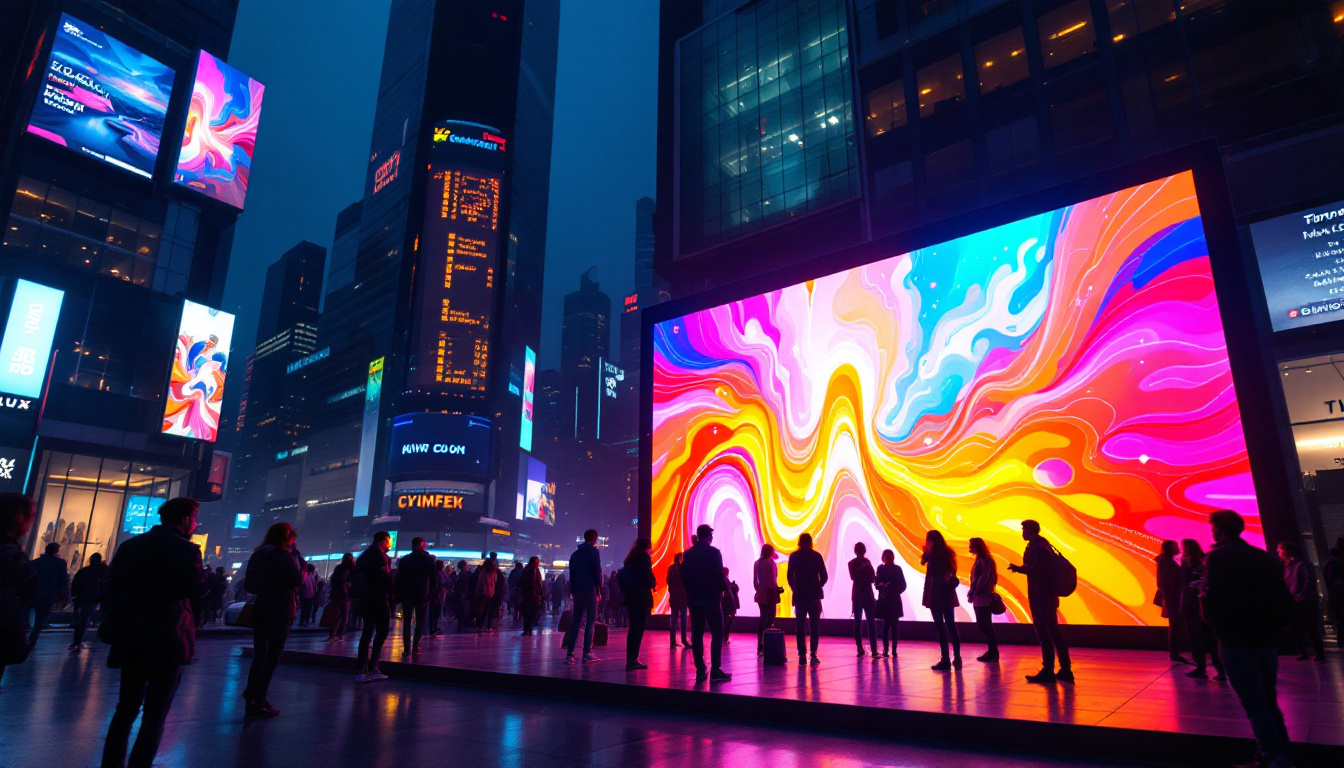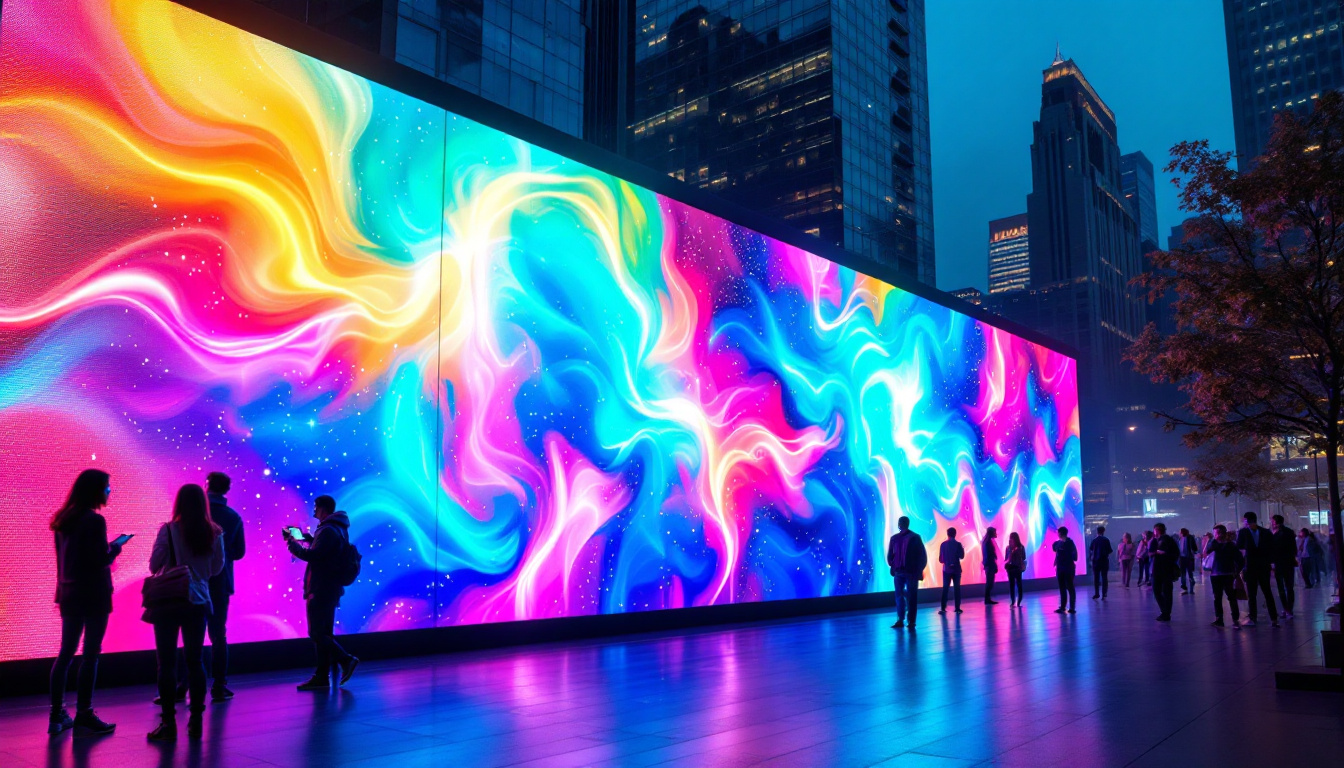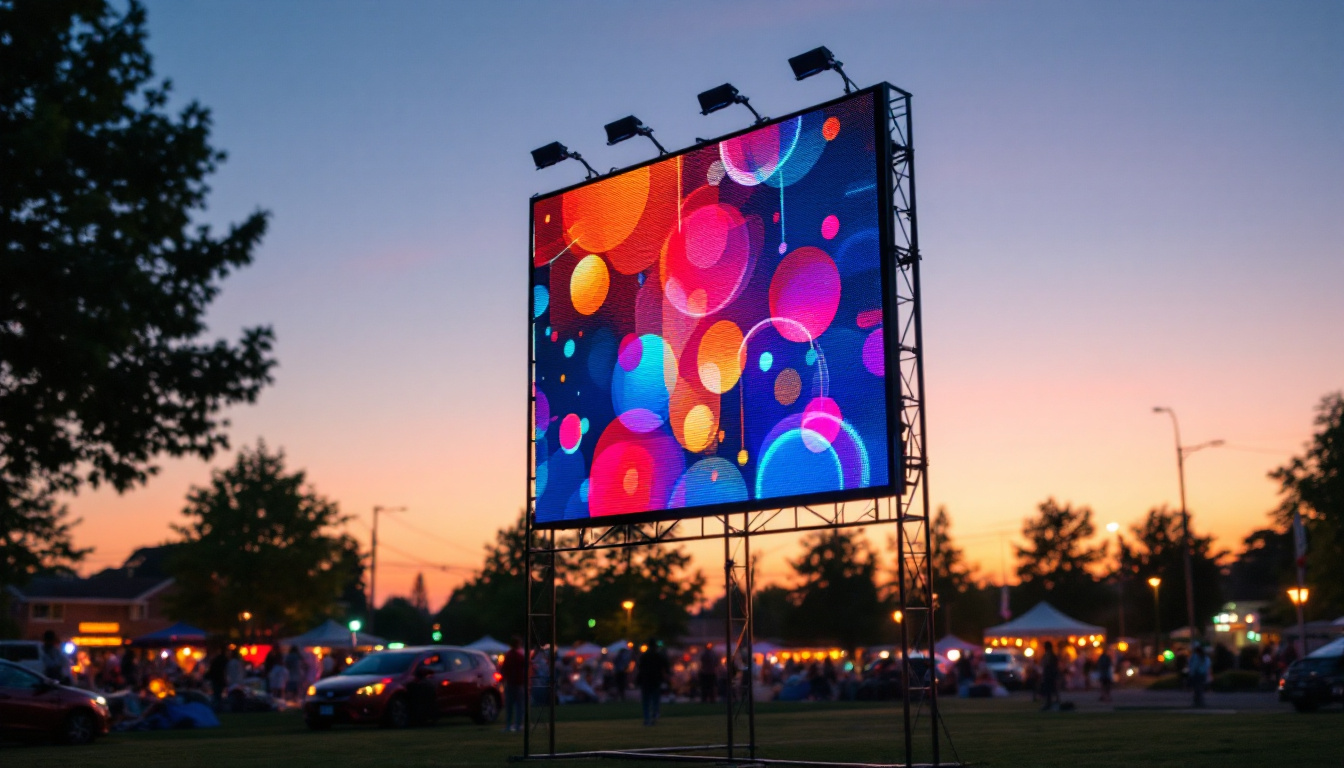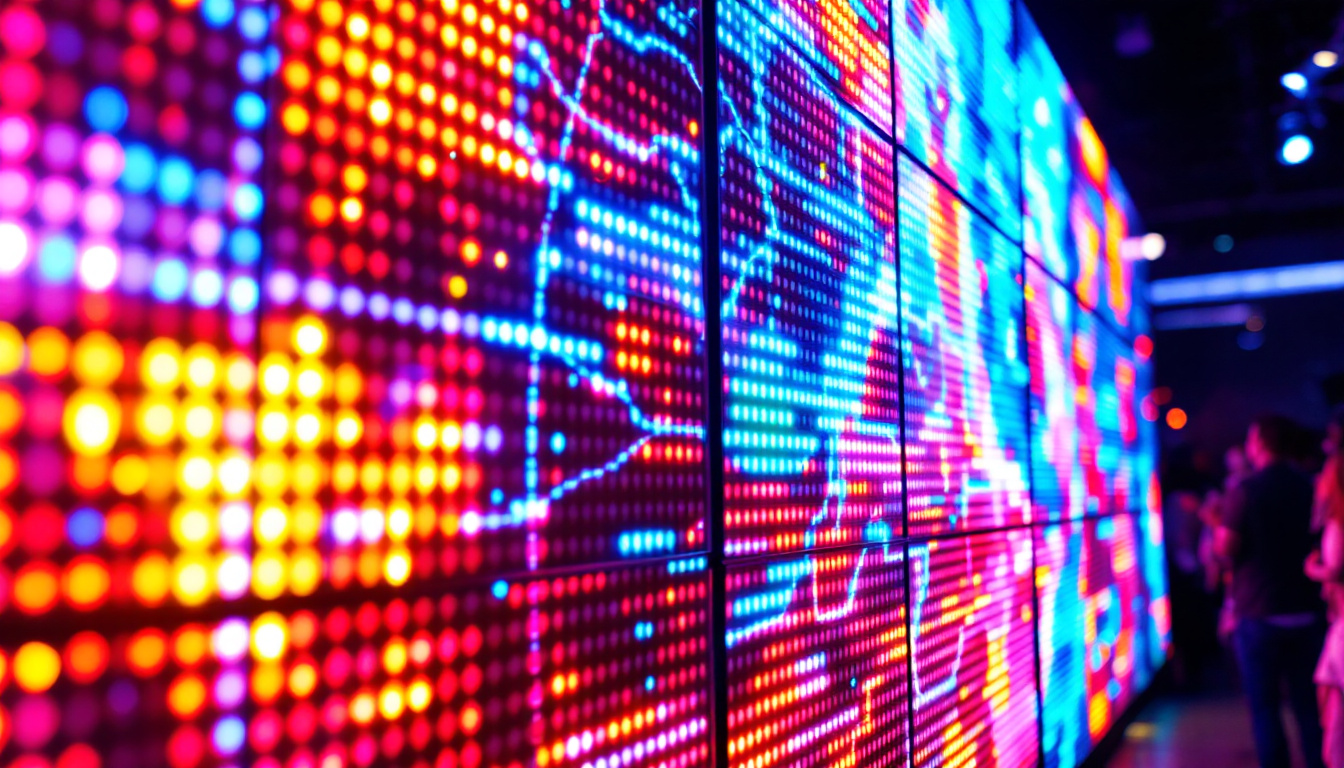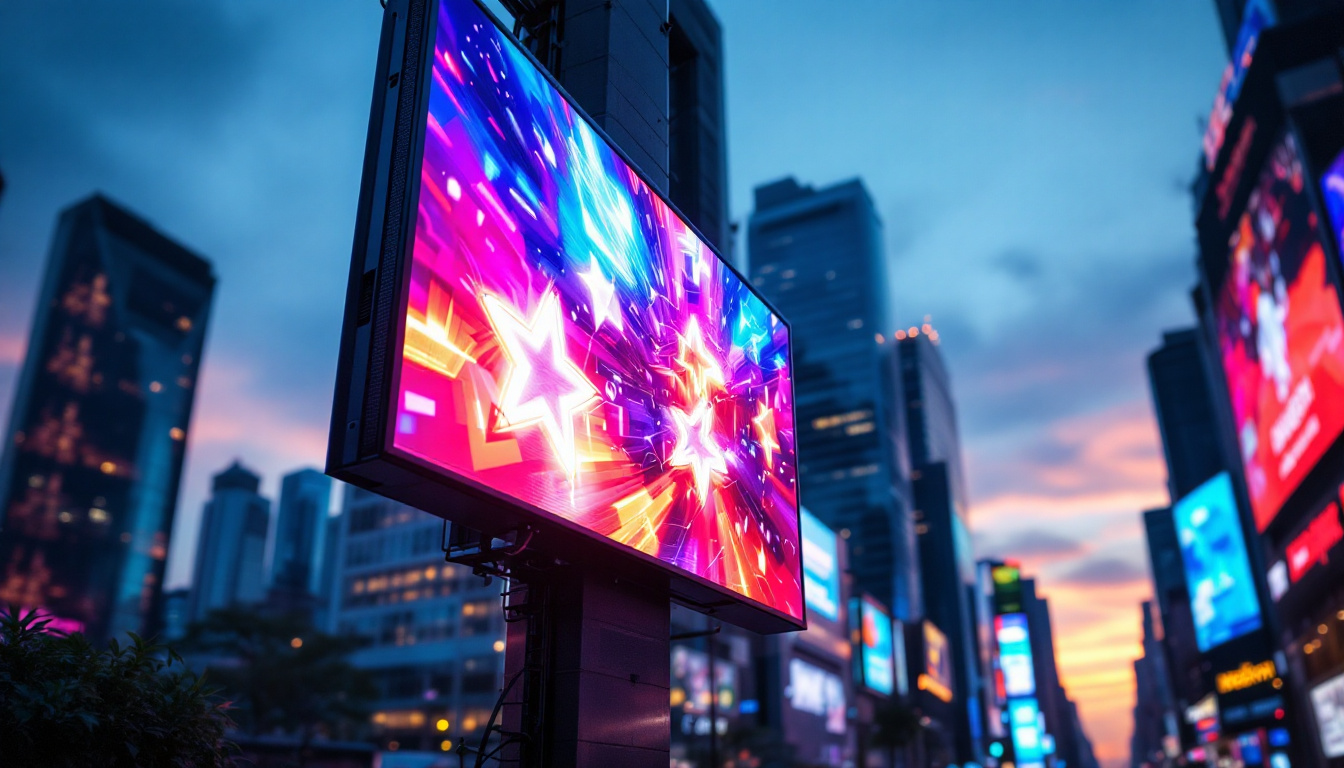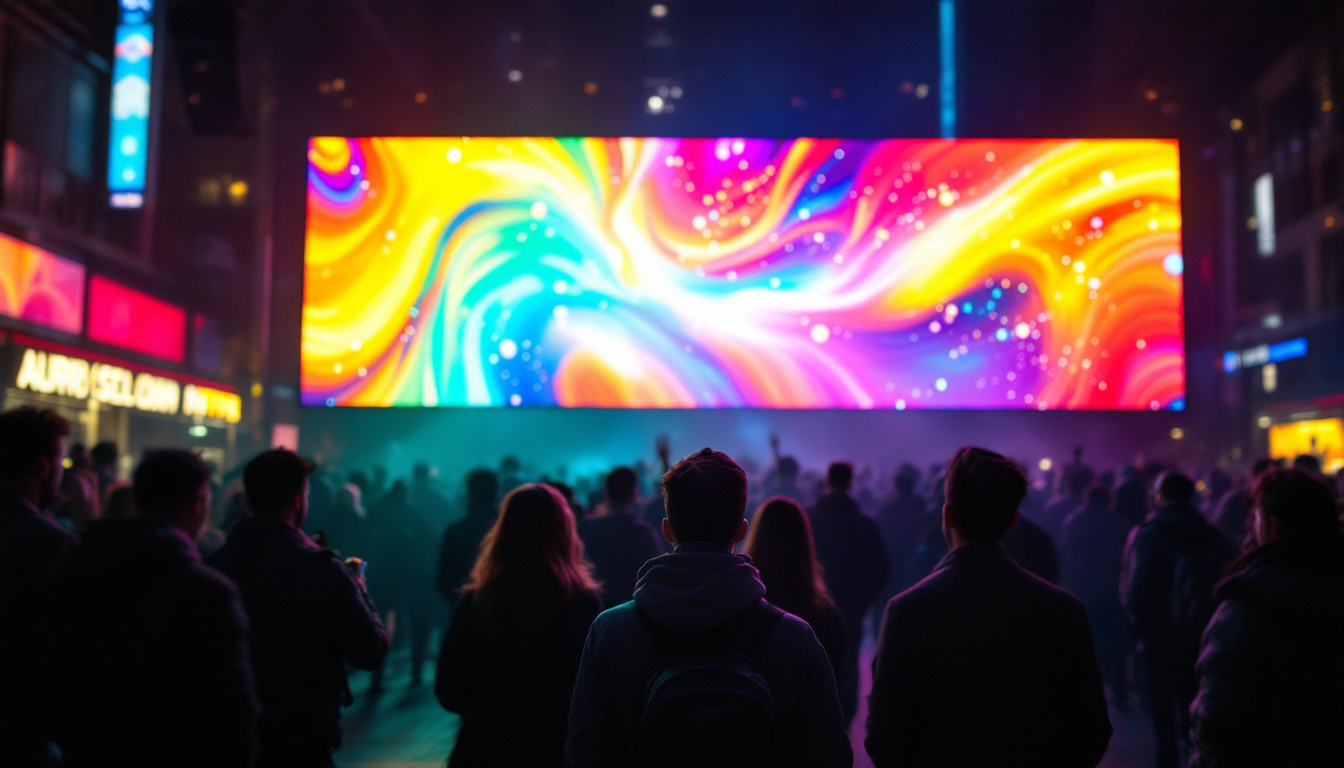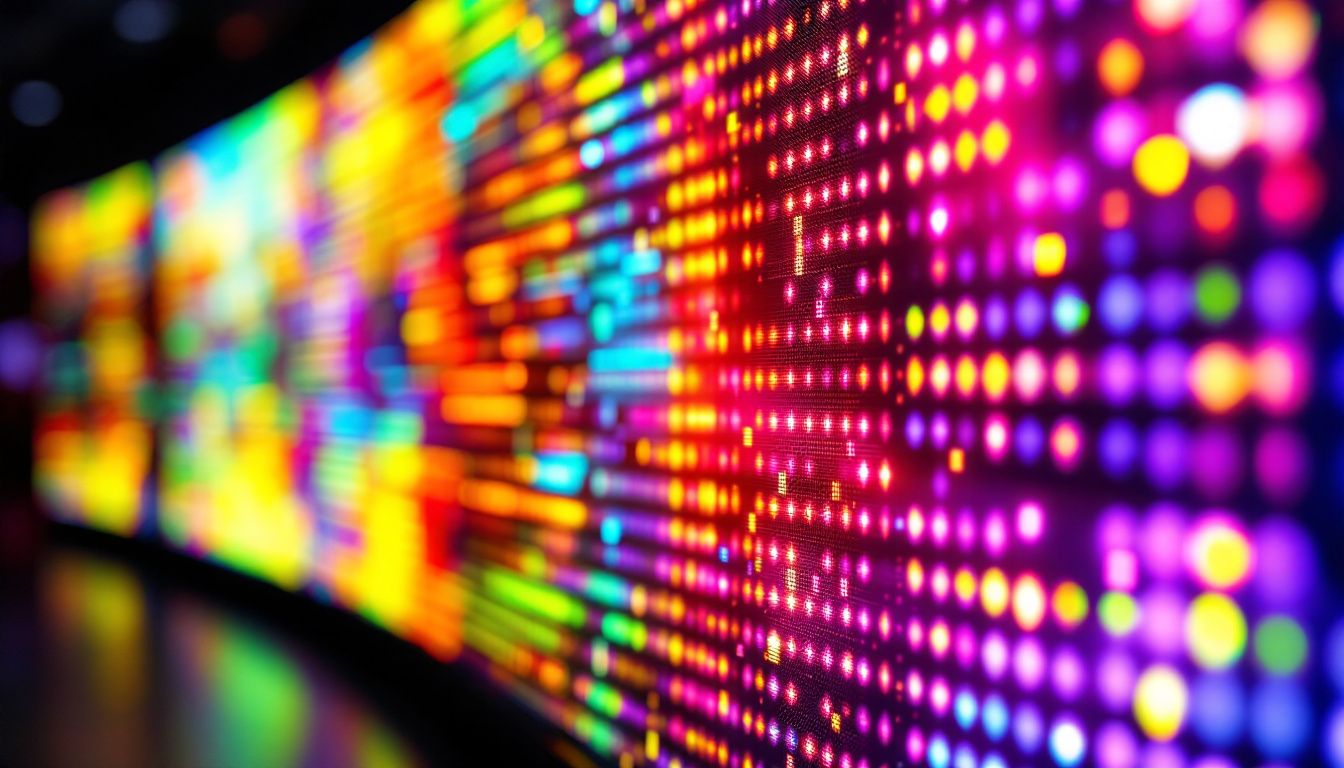digital signage has transformed the way businesses communicate with their audiences. Among the various technologies available, LED displays stand out for their versatility, vibrancy, and effectiveness. This article delves into the intricacies of system digital signage, focusing specifically on LED displays, their benefits, applications, and future trends.
Understanding Digital Signage
Digital signage refers to the use of digital displays to convey information, advertisements, or other content. This technology has grown significantly in recent years, driven by advancements in display technology, content management systems, and the increasing demand for dynamic communication. Businesses across various sectors, including retail, transportation, and education, are leveraging digital signage to enhance customer engagement and streamline information dissemination.
The Components of Digital Signage
At its core, digital signage consists of several key components: the display itself, content management software, and a media player. The display is where the content is shown, while the media player processes and transmits the content to the screen. Content management software allows users to create, schedule, and manage the content that appears on the displays. This software often includes features like real-time updates, analytics tracking, and remote access, enabling businesses to adapt their messaging based on audience behavior and preferences.
These components work together seamlessly to provide a cohesive and engaging experience for viewers. The integration of these elements is crucial for effective digital signage deployment. Moreover, with the rise of cloud-based solutions, businesses can now manage multiple displays across various locations from a single interface, making it easier to maintain consistency and respond to changing needs quickly.
Types of Digital Displays
Digital signage can be implemented using various types of displays, including LCD, LED, and projection systems. Each type has its unique advantages and is suited for different applications. However, LED displays have become increasingly popular due to their superior brightness, energy efficiency, and ability to deliver high-quality visuals. For instance, outdoor LED displays are capable of withstanding harsh weather conditions while maintaining visibility even in direct sunlight, making them ideal for advertising in busy urban environments.
In addition to traditional displays, innovative formats such as interactive kiosks and video walls are gaining traction. Interactive kiosks allow users to engage directly with the content, providing a more personalized experience, while video walls can create stunning visual effects by combining multiple screens into a single large display. These advancements not only enhance the aesthetic appeal of digital signage but also open up new avenues for storytelling and audience interaction, making them essential tools in modern marketing strategies.
The Rise of LED Displays
LED (Light Emitting Diode) displays have revolutionized the digital signage landscape. Their ability to produce vibrant colors and high contrast ratios makes them ideal for capturing attention in a crowded environment. As technology has advanced, LED displays have become more affordable and accessible, leading to their widespread adoption across various industries.
Advantages of LED Displays
One of the primary advantages of LED displays is their exceptional brightness. Unlike traditional displays, LED screens can be viewed in direct sunlight without losing clarity. This feature is particularly beneficial for outdoor signage, where visibility is crucial. The high luminance of LED technology ensures that messages remain legible even during the brightest days, making them a preferred choice for businesses that rely on outdoor advertising.
Additionally, LED displays are known for their energy efficiency. They consume less power compared to other display technologies, making them a cost-effective choice for businesses looking to reduce operational expenses. Furthermore, LED displays have a longer lifespan, which translates to lower maintenance costs over time. This durability is complemented by their resilience to environmental factors, such as temperature fluctuations and moisture, which can often damage other types of displays.
Versatility in Applications
LED displays are incredibly versatile and can be used in a wide range of applications. From retail environments to corporate settings, these displays can serve various purposes, including advertising, information dissemination, and entertainment. Their adaptability allows businesses to tailor content to specific audiences, enhancing engagement and interaction.
In retail, for instance, LED displays can showcase promotions, product information, and dynamic content that captures the attention of shoppers. They can also be integrated with sensors and interactive technology, allowing customers to engage directly with the display for a more immersive shopping experience. In corporate environments, they can be used for internal communications, such as displaying meeting schedules or company announcements. Moreover, LED displays are increasingly being utilized in event settings, such as concerts and conferences, where large-scale visuals can enhance the overall atmosphere and create memorable experiences for attendees. The possibilities are virtually endless, as businesses continue to explore innovative ways to leverage this technology for maximum impact.
Key Features of LED Displays
Understanding the features of LED displays is essential for businesses considering their implementation. Several characteristics distinguish LED displays from other types of digital signage.
High Resolution and Image Quality
LED displays offer high resolution and superior image quality, which is critical for effectively conveying messages. The pixel pitch, or the distance between individual pixels, plays a significant role in determining the clarity of the display. Smaller pixel pitches result in higher resolutions, making them suitable for close viewing distances.
Moreover, LED displays can produce a wide color gamut, ensuring that the visuals are vibrant and eye-catching. This capability is particularly important for brands that rely on color accuracy to maintain their identity.
Seamless Integration and Scalability
Another notable feature of LED displays is their ability to be integrated into various environments seamlessly. Whether in a retail store, stadium, or corporate office, LED displays can be customized to fit different spaces and requirements.
Additionally, LED displays are highly scalable. Businesses can start with a small setup and expand as needed, making them a flexible solution for growing organizations. This scalability allows companies to adapt to changing market demands without significant upfront investments.
Implementing LED Displays in Digital Signage
Implementing LED displays in a digital signage strategy requires careful planning and consideration. Businesses must assess their specific needs, budget, and the intended audience to ensure a successful deployment.
Choosing the Right Display
Choosing the right LED display involves evaluating several factors, including size, resolution, and location. The size of the display should be appropriate for the viewing distance; larger screens are suitable for larger spaces, while smaller screens work well in confined areas.
Resolution is another critical consideration. For close viewing distances, higher resolutions are necessary to maintain image clarity. Conversely, lower resolutions may suffice for displays viewed from a distance.
Content Strategy and Management
Once the display is chosen, developing a robust content strategy is essential. This involves determining what type of content will be displayed, how often it will change, and who will manage the content. Engaging and relevant content is key to capturing the audience’s attention and achieving the desired impact.
Utilizing content management software can streamline this process, allowing for easy scheduling and updating of content. This flexibility ensures that businesses can adapt quickly to changing circumstances or promotional needs.
Challenges and Considerations
While LED displays offer numerous benefits, there are also challenges and considerations that businesses must address. Understanding these factors can help organizations make informed decisions regarding their digital signage strategies.
Initial Investment and Costs
One of the primary challenges associated with LED displays is the initial investment. Although prices have decreased over the years, high-quality LED displays can still require a significant upfront cost. Businesses must weigh this investment against the potential return on investment (ROI) that effective digital signage can provide.
Additionally, ongoing maintenance and operational costs should be considered. While LED displays are generally low-maintenance, they may still require periodic servicing or updates, which can add to the overall expense.
Content Creation and Management
Creating engaging content for LED displays can be a daunting task. Businesses need to ensure that their content is not only visually appealing but also relevant to their audience. This may require collaboration with graphic designers or marketing professionals to produce high-quality visuals that resonate with viewers.
Moreover, managing the content effectively is crucial. Regular updates and fresh content are necessary to keep the audience engaged and prevent the displays from becoming stale. This requires a commitment to ongoing content development and management.
The Future of LED Displays in Digital Signage
The future of LED displays in digital signage looks promising, with ongoing advancements in technology and increasing adoption across various sectors. As businesses continue to seek innovative ways to engage their audiences, LED displays will likely play a central role in their strategies.
Emerging Technologies and Trends
Several emerging technologies are set to shape the future of LED displays. For instance, advancements in artificial intelligence (AI) can enhance content personalization, allowing businesses to deliver tailored messages to specific audience segments based on data analysis.
Additionally, the integration of augmented reality (AR) and virtual reality (VR) with LED displays can create immersive experiences that captivate viewers. These technologies have the potential to revolutionize how businesses interact with their customers, providing unique and memorable experiences.
Sustainability and Eco-Friendly Solutions
As sustainability becomes a priority for many organizations, the demand for eco-friendly solutions in digital signage is on the rise. LED displays are already more energy-efficient than traditional displays, but there is a growing emphasis on developing sustainable manufacturing processes and materials.
Businesses that prioritize sustainability in their digital signage strategies can not only reduce their environmental impact but also appeal to environmentally conscious consumers. This alignment with sustainability can enhance brand reputation and foster customer loyalty.
Conclusion
In conclusion, LED displays are a powerful tool in the realm of digital signage, offering numerous benefits and applications. Their vibrant visuals, energy efficiency, and versatility make them an attractive option for businesses looking to enhance their communication strategies. However, careful planning, content management, and consideration of challenges are essential for successful implementation.
As technology continues to evolve, the future of LED displays in digital signage holds exciting possibilities. By staying informed about emerging trends and innovations, businesses can leverage LED displays to create engaging experiences that resonate with their audiences and drive results.
Discover LumenMatrix LED Display Solutions
Ready to elevate your digital signage strategy with vibrant, energy-efficient, and versatile LED displays? Look no further than LumenMatrix, a leader in innovative LED display technology. From Indoor and Outdoor LED Wall Displays to specialized solutions like Vehicle, Sports, and Floor LED Displays, LumenMatrix offers a wide array of products to captivate your audience and amplify your message. Embrace the future of visual communication with our Custom, All-in-One, and Transparent LED Displays. Check out LumenMatrix LED Display Solutions today and transform how you connect with your audience.

